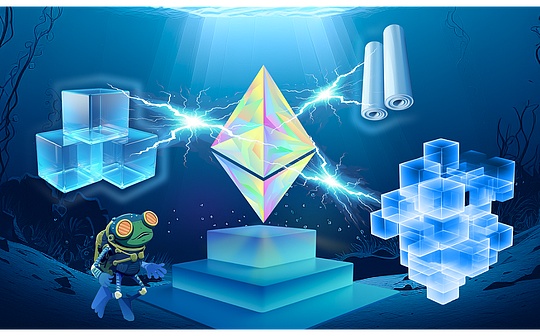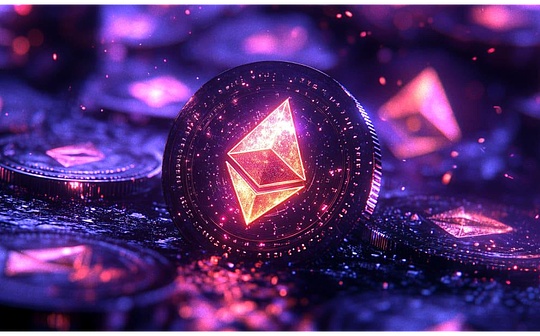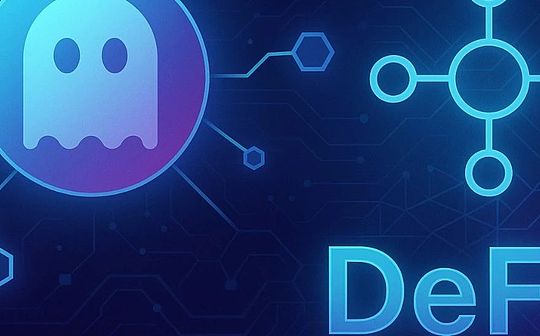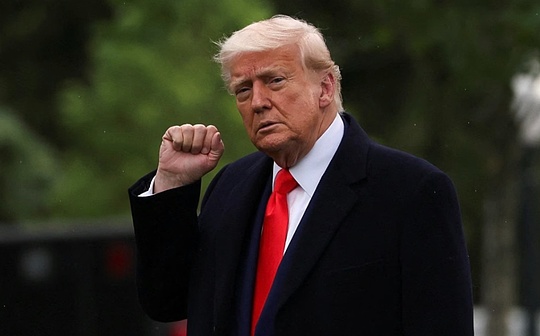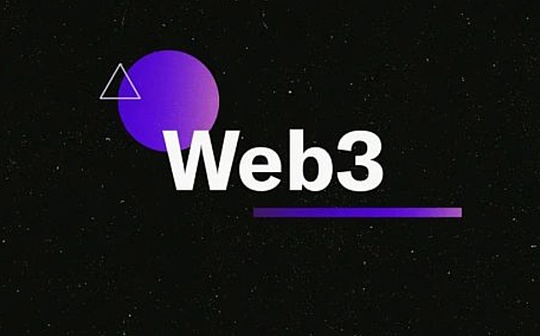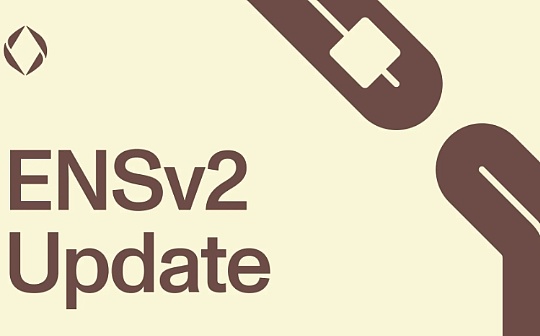
Source: ENS Blog; Compiled by: Deng Tong, Bitchain Vision
I am Esk3nder.eth, Product Leader at ENS Labs.I’m happy to introduce you to our ENSv2 plan announced in May 2024.To briefly review, ENSv2 is our ambitious plan to extend ENS to Layer 2 while reimaging the protocol from scratch.Since 2017, ENS has become the cornerstone of crypto infrastructure, with millions of .eth names and thousands of ecosystem integrations.But ENSv2 is not just about L2 expansion; it also leverages seven years of experience and technological advances to make ENS more accessible, decentralized and more powerful.
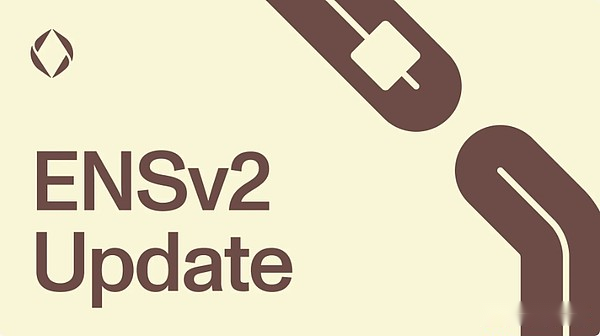
We hope this update will give you an idea of our research process to date and where we are currently on our ENSv2 L2 expansion journey.As always, we are here to answer any questions and feedback – thanks for your patience and support!
Our research journey
The ENSv2 project started with a basic question: “If we had reimagined ENS from scratch today, what would it become?” Due to the limitations of the mainnet’s user experience, we began to investigate the ecosystem.We spoke with builders across the field and after a productive external and internal discussion of the team, we unanimously agreed to extend ENS to Tier 2.
Over the past few months, we have been immersed in the L2 ecosystem, consulting a wide variety of stakeholders – from L2 teams and RaaS providers to infrastructure companies and early-stage startups.We invited many of them to the “ENS Non-Conference” during EthCC to discuss the technical barriers and opportunities of ENSv2.We also upload the speech to Youtube for those who want to follow at home!Throughout the process, we have been focusing on six key criteria (listed in sequence below) that act as our North Stars and help us standardize our processes as we explore the Layer 2 pattern.
-
EVM Compatibility
-
CCIP Read Support
-
Open source
-
Exit to L1
-
Serializer decentralization
-
Finality
Our Position: Three Promising Options
OK, straight to the point!Well, we narrowed down the focus to three main options, which have no specific order:
Public ZK Chain
This option involves extending ENS directly to existing public ZK chains such as Scroll and Taiko.Alternatively, we can take advantage of Optimistic L2 with ZK proof capabilities, similar to what Succinct recently showed on Frontiers (OP+SP1).This approach requires minimal chain development and long-term maintenance costs, but to some extent sacrifices the independence of ENS governance to the public chain.
Our own ZK chain example
This approach involves deploying our own existing ZK chain stack instances.A newest example of this approach is Status’ recent announcement that they are partnering with Linea to launch their own instance of Linea stack.This option provides teams with greater flexibility while still benefiting from mature technology.The other side is the effort to develop, start and maintain separate L2 instances.
zkVM (Special Use Summary)
This approach involves the development of custom zkVMs (zero knowledge virtual machines) optimized specifically for ENS operations.We are working with Axiom to explore this option and they are helping us develop zkVM prototypes.By optimizing your VM, you can make ZK integration more efficient.This reduces the cost of proof and allows you to generate proof more frequently, greatly reducing the final time.However, it represents the biggest departure from our current architecture and requires the widest development and migration efforts.
Unselected roads
You may have noticed that there is no purely optimistic chain in our options list.While chains like Arbitrum and Base currently dominate Tier 2 economic activity, demonstrating their product market fit and proven technology stack, this omission is intentional and related to our sixth standard:Finality.In this case, finality refers to an agreed checkpoint where all previous blocks are considered irreversible.
In the optimistic summary, the validity is not immediately proven when the status is published to the mainnet.This initiates a “challenge window” – usually 7 days – during which the proposed state can be questioned before it is considered the final state.In contrast, the ZK summary uses “ZK Proof” to immediately prove the validity of each transaction that has been executed, batched and then sent to L1 for final settlement.Compared to the time of the Challenge Window, the ZK finality is often within 2-24 hours, while the time of the Challenge Window is usually set to 7 days.This rapid certainty is essential for ENS to prevent name ownership rollbacks, a principle set out in the ENS DAO charter.To gain a deeper understanding of the differences between Optimistic and ZK summary, StarkWare has published an excellent explanatory article.
However, we do not completely deny Optimistic technology.As we can see from our first choice, a hybrid solution that combines Optimistic chains with ZK proof is still under consideration.As we continue to research and develop, we remain open to innovations throughout the L2 ecosystem that meet our core standards and values.
Next step
We have learned a lot over the past few months and want to thank all the teams and individuals who have contributed to this process.Thanks to their help, we began to move from theory to practice, and the next steps are as follows:
-
Benchmarks and tests:We know our three main paths and will test their performance, cost-effectiveness, and scalability so that we can use specific data to guide our decisions.
-
Technological improvements:Our team is working to improve the ENSv2 architecture, including a layered registration system and updated universal parser.
-
Funding proposal:To support this critical effort, we are preparing a funding proposal for ENS DAO that will provide an extensive overview of the resources required to implement ENSv2.
-
Community Engagement:Your comments are invaluable as we embark on this journey and we will continue to host community conference calls and AMA conferences to gain insight and hear your ideas.
-
Final suggestions:Our goal is to make final recommendations for ENSv2’s L2 strategy in the coming months.

